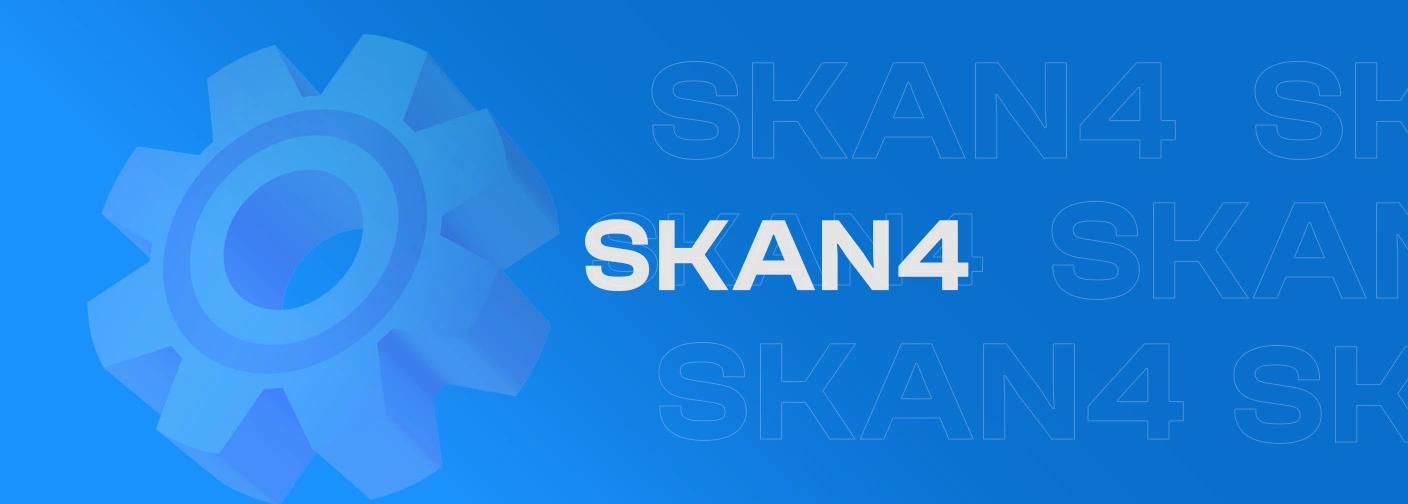

Mastering SKAN 4.0: Unveiling the Future of App Marketing
The world of app marketing is abuzz with talk of SKAN 4.0, but let's face it, not everyone fully grasps its potential. It garnered much attention when Apple unveiled the upgraded SKAdNetwork 4.0 at WWDC 2022. Even seasoned advertising pros were left scratching their heads, trying to figure out how to make the most of its new features.
SKAN 4.0's Crowd Anonymity
One of the most intriguing features of SKAN 4.0 is its concept of crowd anonymity. While it sounds straightforward, things can get complicated when you start digging deeper.
The more installs you have for a campaign, the higher your crowd anonymity score. And the higher your score, the more data you'll receive. In essence, if your campaign generates just a few installs, you'll only get minimal data. But if your campaign racks up many installs, you'll get access to the most insightful data.
Compared to SKAN 3, which only had one postback, leaving app marketers squinting to see their campaign's worth, SKAN 4.0 boasts three postbacks spread out over time — bringing more valuable insights into the limelight, albeit with a hint of complexity.

Let's dive into the nitty-gritty of postbacks in SKAN 4.0:
- Postback 1 is the star of the show, packed with valuable data, and reaches you within a speedy 2 days.
- Postbacks 2 and 3 are simpler, each offering just one of three possible values. Postback 2 arrives between 3-7 days, while Postback 3 takes a bit longer, showing up in the window of 8-35 days.
However, there's a catch — the delivery timing will be random, but we'll get into that later.
Why Postback 1 Matters
Postback 1 is a crucial aspect of SKAN 4.0, and here's why. It's lightning-fast and provides a wealth of data if your campaign has a high crowd anonymity level (Tier 3). With boatloads of installs, you can receive a treasure trove of insights, including:
- A juicy source identifier consisting of four digits.
- Source app heads-up, which tells you precisely where the ad was displayed.
- A data-rich conversion value with a whopping 64 possible values.
Note: You'll receive less data if your crowd anonymity level is less impressive. For example, Tier 0 means you receive no data, Tier 1 provides minimal data, the source identifier slimmed down to 2 digits, and conversion values shrink to 3 options out of 64.
Tier 2 is positioned in the middle, offering a source identifier with 4 digits but without the source app information. However, you’ll still receive detailed conversion data with the full 64 conversion values.

Source: Apple Documentation
Postbacks 2 and 3 are relatively simpler, each offering just three possible values — a thumbs-up, a thumbs-down, and a neutral option. While this sounds complex, it's quite straightforward.
The key to maximizing your data from SKAN 4.0 is to go big with fewer campaigns. This way, you can ensure a higher crowd anonymity score for each campaign, which means more insightful data from each postback.
SKAN 4.0: Postback Delays
Privacy is paramount in the app marketing world, and Apple's SKAN 4.0 is taking it to the next level. One of the significant updates in SKAN 4.0 is the introduction of postback delays.
If every postback appeared at the end of its designated time, it would compromise users' privacy, which is why randomness is crucial. Let's nose-dive deeper into this third major SKAN 4.0 update and understand how it helps maintain user privacy.
Postback Arrival Tweaks
The initial postback, which can be updated up to 2 days after app installation, presents a challenge. If marketers received it immediately, they could easily match it to new app users, breaking the privacy shield. To counteract this, Apple introduces randomness in SKAN 4.0.
Postback 1 gets a random timer of 24-48 hours (1-2 days), while Postbacks 2 and 3 receive random timers of 24-144 hours (1-6 days) each.
That means that Postback 1 could arrive between 3 and 4 days after app installation, Postback 2 might take between 10 and 15 days, and Postback 3 could stagger in after 36 to 41 days.

Unlocking Locked Values
SKAN 4.0 brings an intriguing feature called locking conversion values, which allows marketers and developers to lock conversion values once their in-app analytics identify enough valuable data. For instance, if a user installs your retail app and makes a quick purchase, you can lock and send the postback immediately.
Similarly, if a user clears five levels on day 0 for a gaming app, you can do the same. But it's essential to remember that the random delay still applies: 1-2 days for postback 1 and 1-6 days for postbacks 2 and 3. This way, you can maintain user privacy while still obtaining valuable data.
The Twist of Sooner Postbacks
Let's consider a scenario where a user shows strong engagement immediately after installing an app, and the postback is locked. In this case, the delivery periods for the postbacks could be as follows:
- Postback 1 may arrive within 25 to 49 hours after the app installation.
- Postback 2 could appear 4 to 5 days later.
- Postback 3 might reach you between 8 to 14 days after the app installation.
Identify the Challenge
One of the key challenges in leveraging SKAN 4.0 for app marketing is the significant range between the earliest and latest postback delivery times. This range can make it difficult to measure and evaluate user groups accurately. The time divergence between the earliest and latest postback delivery can be quite extensive, as shown below:
- Postback 1: up to 4 days
- Postback 2: spanning 3 to 13 days
- Postback 3: extending from 8 to 41 days
It's crucial to remember this time span when formulating your SKAN 4 strategy, particularly if you're transitioning from SKAN 3.

Source: Adjust
SKAN 4.0 has taken a significant leap with its latest update, introducing web-to-app support. Currently, this feature is only available for mobile Safari browsers, but the potential it offers is quite promising. SKAN 4.0 enables web-to-app measurement through the SKAdNetwork for Web Ads API with this update. Although it's still in its early stages, this development is something to watch for app marketers and developers looking to optimize their app marketing efforts.

One major benefit for marketers is the cost-effectiveness of web ads compared to in-app ads. Moreover, web-to-app onboarding experiences can be more immersive and engaging, potentially outshining a standard app listing page on the App Store and drawing users in more effectively.
However, there are a few steps involved in achieving this. The entity responsible for the SKAdNetwork-attributable link must register as an ad network with Apple. The link itself needs to be appropriately configured, and there has to be an endpoint to provide a signed web ad impression. While it may involve some technicalities, this update presents exciting possibilities for enhancing web-to-app user acquisition strategies.
SKAN 4.0 latest update brings significant changes, including the ability for conversion values to increase and decrease.
This update is a marked departure from SKAN 3.0, where conversion values could only go up. With SKAN 4.0, you can decrement or decrease conversion values as well. While this may seem like a minor change, it's a significant shift for two reasons:
- First, it's a complete departure from how things worked in SKAN 3.
- Second, it offers more flexibility in assessing the value of newly acquired app users.
Every app has different user paths, with some users becoming profitable over time while others may not. In SKAN 3, it was challenging to differentiate these stages initially. However, in SKAN 4.0, during the postback timer periods, you can decrease conversion values, which helps gather valuable data for making informed decisions.
For instance, let's say you have a subscription app. Some users sign up and continue their subscriptions, contributing long-term revenue. On the other hand, some users cancel their subscriptions after a trial period. By distinguishing these groups and including this data in your SKAN 4.0 postbacks, you can better value user cohorts, estimate Lifetime Value (LTV), and optimize your ad budget allocation for better results.
Ad Platforms that support SKAN 4
The adoption of SKAN 4 has been swift, and many advertising platforms already support it. Some of the major platforms that have integrated SKAN 4 include, but are not limited to:
- Meta
- TikTok
- Snapchat
- And Apple Search Ads.
Numerous other platforms support the new standard as well.
Conclusion
Our upcoming article will dive even deeper into preparing for SKAdNetwork 4.0. As we've explored the various aspects of SKAN 4.0 in this current piece, it's clear that understanding all these changes requires some exploration.
SKAdNetwork 4.0 has introduced essential updates transforming the app marketing and measurement game. From the concept of crowd anonymity to the intricacies of postback delays and the newfound flexibility in conversion values to the innovation of web-to-app support, these updates are reshaping how we approach mobile app advertising.
We have also prepared a comparison of all existing versions of SKAN so you can see the differences and advantages of SKAN 4.0.
